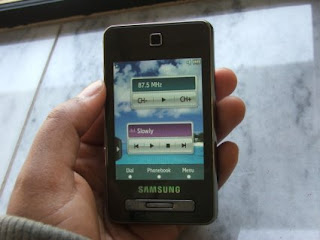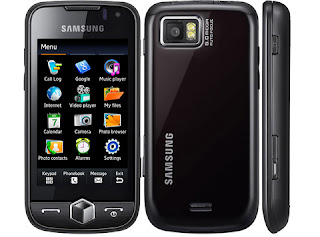With 3G, users can view the content entertaining, better connected on the phone, especially the touch-screen model, size, support for web surfing, watching movies, good TV.
Here are the five mobile sensors, integrated 3G connectivity cheapest genuine market today.
Sony Ericsson G700

Sony Ericsson G700 is a 3G phone connection, touch screen best price on the market. This is one of the last phone runs Sony Ericsson UIQ interface. G700 compact design, 2.4 inch touch screen am clear. Machine equipped with 3-megapixel camera, support for features and entertainment.
HP uses UMTS 2100 band, 3G connection speeds 384 kb / sec, no HSDPA and Wi-Fi.
Sony Ericsson G900
Compared with G700, this version more advanced and supports both Wi-Fi and photography to 5 Megapixel camera, auto focus.
Machine with touch-screen 2.4 inches wide, UIQ interface, connection speed and 3G bands like junior G700.
Samsung F480

This is a mobile fashion design compact, 5 Megapixel camera imaging, many entertainment features. Samsung F480 featuring 2.8-inch screen with a mirror bright. TouchWiz interface featuring drag and drop the icon for the main screen, rearrange a column along the left neatly
connection speeds up to 7.2 Mb / sec.
Nokia 5800 XpressMusic
Nokia 5800 XpressMusic is one of the mobile sensor comprehensive connection, good price. Machine running S60 5th edition, allowing users to surf the Web via Wi-Fi, GPS capabilities besides movies, play music well. Connection 3G standards in the frequency HSDPA 900/2100, connection speed 3.6 Mb / sec.
Samsung Jet
Jet is a model professional mobile entertainment Samsung, model strongly with speed 800 MHz processor, touchscreen AMOLED vibrant 3.1 inch wide, 5-megapixel camera and large memory.
HP supports HSDPA 3.6 Mb / sec, run on the 900/2100 bands.
You can refer to:


